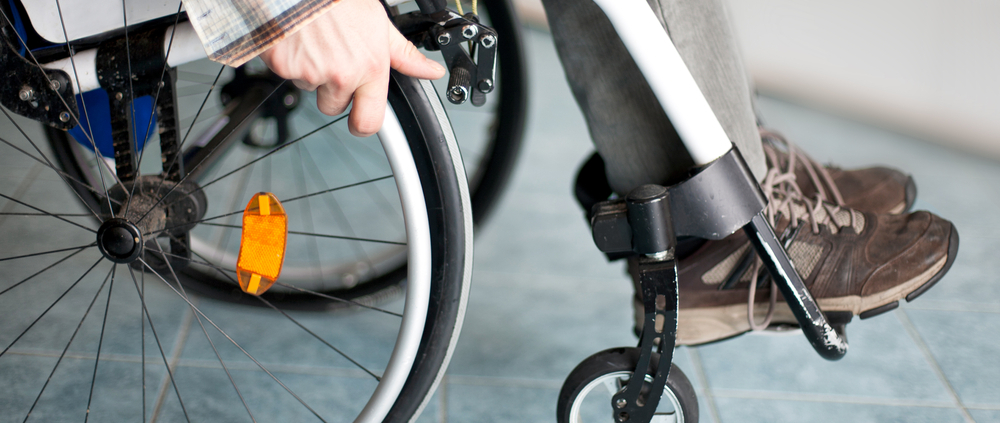Improving Health Care with Cloud Computing

For many healthcare providers, patient readmission is a large concern. Recently, studies have shown that almost one in four patients face hospital readmission within 30 days. This startling fact has inspired technology companies in the U.S. and abroad to explore new ways of improving patient care and disability resources.
Leading the charge are remote patient monitoring systems that utilize the Internet of Things (IoT), and cloud computing. This would allow health care teams the ability to monitor a patient’s vitals, via wheelchair, without an on-site visit.
The Development of “Smart Wheelchairs”
In Germany, for example, students are working together to integrate this technology into several mechanical devices, including wheelchairs and walkers. The idea is the utilize IoT to create “smart wheelchairs” that will transfer user information to a heads-up display or dashboard—technology that’s already available in some mobility vehicles. This could allow caregivers, spouses and other family members to monitor users while still giving the user a larger amount of freedom than ever before.
Much of this technology was born out of the fact that patients, especially those in rural areas, don’t always have easy access to medical facilities. IoT technology could serve as a viable solution, bridging gap between the user and medical care. So in the event of an emergency, EMTs can keep a sharp eye on everything from pulse rate and oxygen saturation to blood pressure, body temperature, and GPS position, before arriving on scene.
Health Care from Far Away
Furthermore, each user could then have their personal health profile loaded onto their wheelchair to administer faster, more accurate diagnoses. For instance, if a patient has a heart issue, the pulse rate may need to stay under a certain threshold compared to a patient without that issue, so the pulse rate alarm to a caregiver or doctor may be set lower.
State control, including body position and orientation, can also be monitored for those who live alone, so in the event of a fall; emergency crews can be notified to arrive on scene much sooner. This would greatly reduce the number of fall-related injuries and deaths for those over a certain age.
Increasing Safety and Peace of Mind
Statistically, nursing home and adult-community residents tend to be at a higher risk of sustaining injuries that could result from ailments like dementia. Remote monitoring could benefit not only those affected, but also give peace of mind to families and spouses who may not be able to keep a sharp eye on their loved ones.
As time goes on, there will be more technological advances to current wheelchair and walker mechanics. They will undoubtedly grant those who have lived a life of limits a new sense of freedom and mobility that wasn’t available before.
The National Mobility Equipment Dealers Association (NMEDA) is an advocate for mobility and accessibility for drivers with disabilities. If you need help with converting or buying a handicap accessible car, truck or van, please consider one of our Quality Assurance Program mobility equipment dealers.
